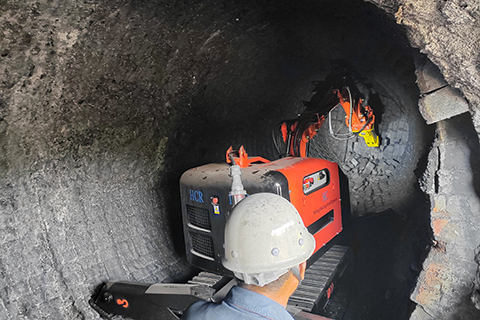
The Torpedo Car - An Efficient Molten Iron Transport Vehicle
The torpedo car, also known as the torpedo ladle car, is a large molten iron transport vehicle with several advantages including low heat loss, long insulation time, and energy savings. It can also store molten iron to balance any temporary imbalances between iron smelting and steelmaking. Additionally, it can replace the iron mixer and traditional ladle cars used in steelmaking, and can desulfurize and dephosphorize molten iron during transport.
Key features and benefits:
1. Simplifies the steelmaking process by replacing traditional mixers and ladle cars.
2. Excellent insulation results in low heat loss and energy savings. Regular ladle cars can insulate for max 4 hours, while the torpedo car can insulate molten iron for 30 hours. The temperature of molten iron drops 10-20°C per hour in a torpedo car, compared to 50-150°C per hour in regular ladle cars. This enables long-distance transportation of molten iron.
3. Large capacity reduces the number of transport trips required, lowering transportation costs.
The torpedo car, also known as the torpedo ladle, is a device used to hold and transport molten iron. Its key functions are:
1) Mixing molten iron to ensure uniformity
2) Transporting molten iron from blast furnaces to steel plants
3) Pretreating molten iron
What Are the Potential Issues with Torpedo Cars During Operation?
Torpedo cars play a critical role in the integrated iron and steel making process by transporting large volumes of molten iron from the blast furnace to the steel mill. However, several operational issues can arise with torpedo cars:
The refractory lining inside torpedo cars is subjected to intense thermal cycling, chemical corrosion from molten slag and iron, and physical abrasion. This leads to rapid wear and deterioration of the refractories, necessitating frequent repairs or relining. Choosing refractories designed specifically to withstand the demanding conditions inside torpedo cars is critical.
During transport of hot metal, solid slag can gradually build up inside torpedo cars. This slag must be periodically removed by tilting the torpedo car and slag-out operations. However, solid slag can negatively impact refractory linings if not removed promptly and thoroughly.
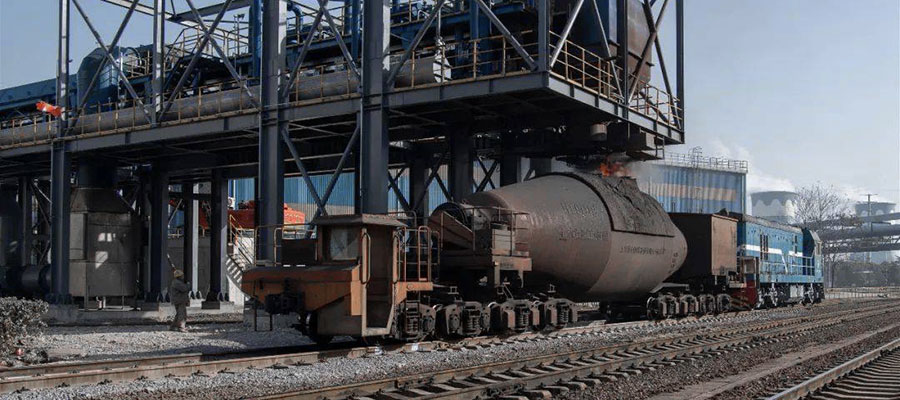
Powerful Demolition Robots for Challenging Environments
Hitech offers a range of high-powered, remote controlled demolition robots ideal for working in hazardous environments where manual labor is difficult or dangerous.
The small size and agile design of Hitech robots allows them to easily maneuver through confined spaces like tunnels or mine shafts. The compact design enables the robots to pass through standard doorways and work in areas with limited access, such as inside torpedo cars.
Operators can choose safe positions with good visibility and wirelessly control the robots from a distance. This removes workers from harmful conditions like dust, high temperatures, collapsing structures and other on-site dangers. The wireless system allows at least 8 hours of continuous runtime without refueling.
Hitech demolition robots pack surprising power and versatility into their compact frames. Strong hydraulic hammers and other attachments can be quickly changed for breaking, grabbing, hauling and drilling tasks. Multi-functional robots can carry out demolition, excavation, material handling and more in hazardous environments like inside torpedo cars.
With their remote operation, durability and flexibility, Hitech demolition robots are perfectly suited for applications such as refractory demolition and cleanout inside torpedo cars in the steel industry. The extreme conditions inside torpedo cars can be handled safely and efficiently.
By leveraging the latest technology in robotics, wireless control and industrial design, Hitech provides innovative remote controlled demolition solutions that greatly reduce risks for workers while improving productivity and efficiency.
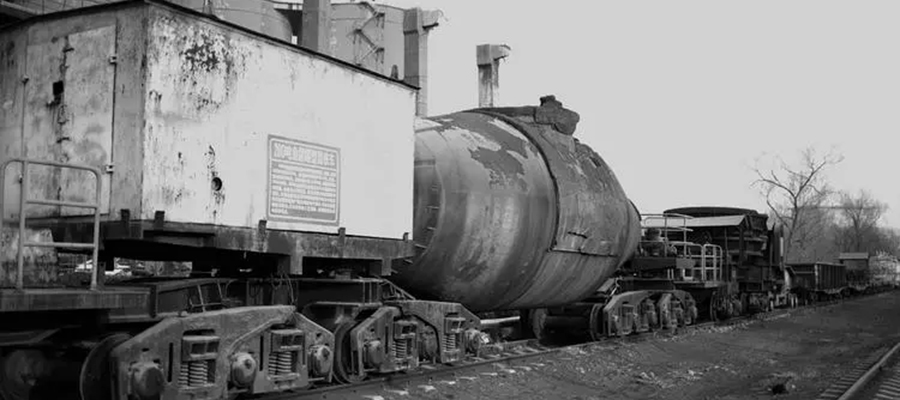
The Use of Demolition Robots for Torpedo Car Refractory Work
Torpedo cars are critical in the steelmaking process for transporting large volumes of molten iron from the blast furnace to the steel mill. However, the intense conditions inside the torpedo car severely deteriorate the refractory lining. Demolition robots provide an effective solution for removing and replacing worn refractory inside torpedo cars.
Benefits of Using Demolition Robots
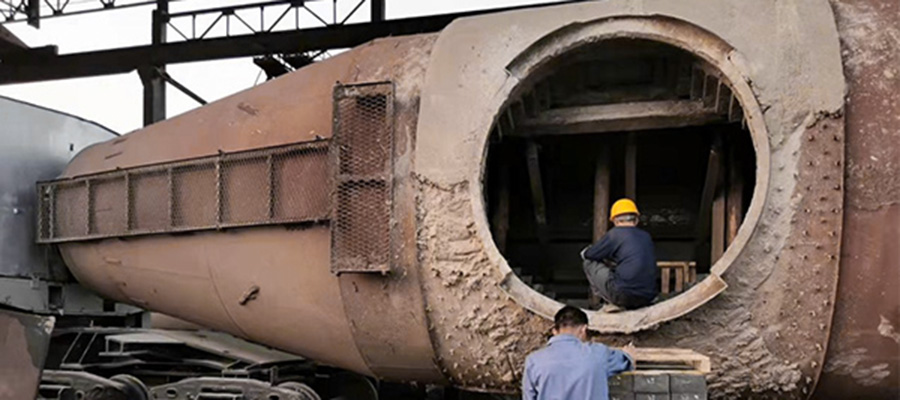
Increasing Efficiency and Safety in Torpedo Car Refractory Demolition
A large steel manufacturer was looking to improve the demolition of spent refractory lining inside its torpedo cars. The extreme conditions inside the torpedo car made manual demolition slow, inefficient, and dangerous for workers.
The company adopted Hitech's purpose-built demolition robots to carry out refractory demolition and cleanout. The compact robots were lowered into the torpedo car through the roof opening and controlled remotely by operators stationed outside the vessel. Equipped with a hydraulic breaker, the robot broke up spent refractory and allow for faster, safer cleanout.
After implementing Hitech's demolition robots, the steel manufacturer achieved the following results:
- Refractory demolition time reduced by 50%, improving torpedo car availability
- Zero safety incidents inside the torpedo car during demolition
- Refractory demolition cost per torpedo car decreased 30%
- Improved consistency in refractory demolition performance
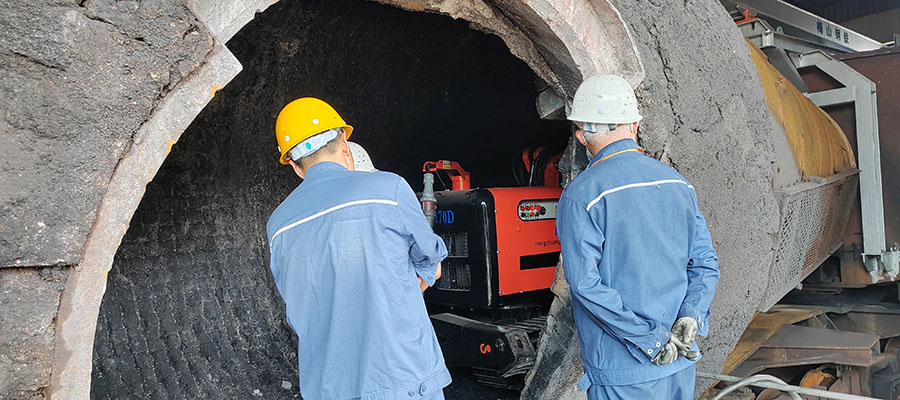
Hitech's high-powered, remote controlled demolition robots deliver significant benefits for industries dealing with hazardous environments where manual demolition is difficult, dangerous and inefficient.
With their compact size and wireless operation, the robots can access confined spaces like torpedo cars to carry out demolition and cleanout tasks. This eliminates the need to put workers in harm's way.
By leveraging demolition robots for challenging demolition jobs, companies can improve productivity by reducing demolition time by up to 50%. Costs are also lowered by decreasing manual labor requirements and safety risks.
Overall, Hitech's demolition robots provide a safer, faster and more affordable solution for industries facing demanding demolition challenges, whether in mines, tunnels, mills or other hazardous sites. The robots eliminate worker exposure to dangerous conditions while increasing efficiency and reducing expenses.